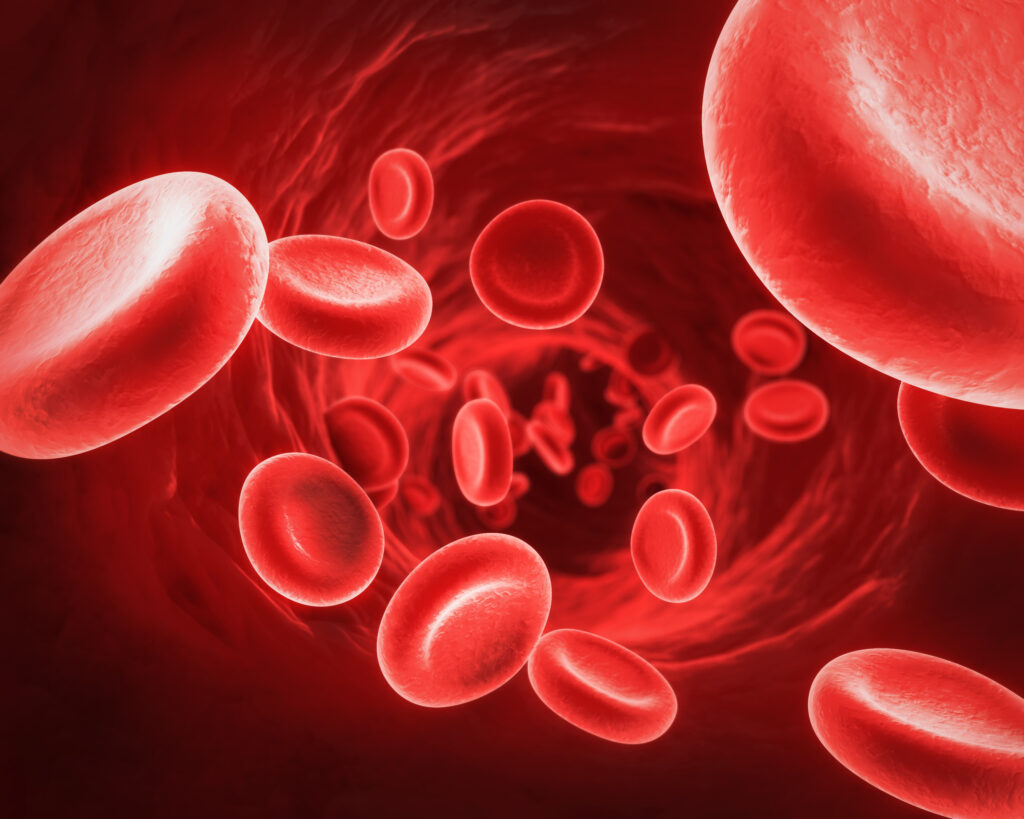As humans each day we produce approximately 2 billion red blood cells. But the question is, how do we accomplish this? Well, we accomplish this task through a complex and well regulated process called erythropoiesis. RBCs are normally produced in the bone marrow of the femur and tibia in adults, in the yolk sac of fetus 0-2months and in the spleen and liver of fetus, 2-7months.
Stages of Erythropoiesis
Erythropoiesis begins when a pluripotent stem cell called hemocytoblast is transformed into a committed stem cell, proerythroblast.
Proerythroblast then give rise to early basophilic erythroblast. This is a large cell with dark blue cytoplasm and a central nucleus. During this phase the chromatin begins to condense and synthesis of hemoglobin begins.
The early basophilic erythroblast is then transformed in to late erythroblast. During this phase the blue color of the cytoplasm begin to change to a pink color due to the accumulation of hemoglobin. The late erythroblast is then transformed into smaller cells called normoblast.
During a normoblastic stage the nucleus is expelled and the cell then folds in an inward direction which results in a biconcave shape. This biconcave shaped cell is called the reticulocyte. Reticulocytes are filled with hemoglobin and they enter the blood stream and begin their function of oxygen transport until they become fully matured erythroctyes (RBC).

Regulation of Red Blood Cells
Now that we have discussed the developmental process of RBC. Lets us look at how RBC growth is regulated.
The production of RBCs is regulated by a hormone called erythropoietin (EPO). EPO is produced in the kidney by peritubular cells that can detect tissue oxygen content. When the oxygen that is delivered to the kidneys is decreased as a result of say, anemia, these cells in the kidney instantly increase the production and release of EPO.
In response to the increased synthesis of EPO, committed stem cells in the bone marrow are increased thus producing more RBC. The increased RBC production will lead to an increased oxygen carrying capacity of the blood.

from hemocytoblast it becomes a multipotent stem cell(common myeloid progenitor) and then to the unipotent committed stem cell(proerythroblast)……………………..anyway,
best of luck for your further studies………………..
i am also a student midwife and i understood perfectly the concept of erythrocytes and erythropoises
I am a student of medical university of health science I like this cyte
Hello, can you post about name and other informations for citation to my paperwork to school?